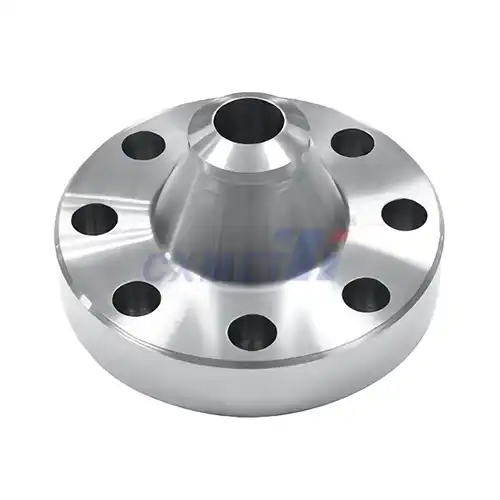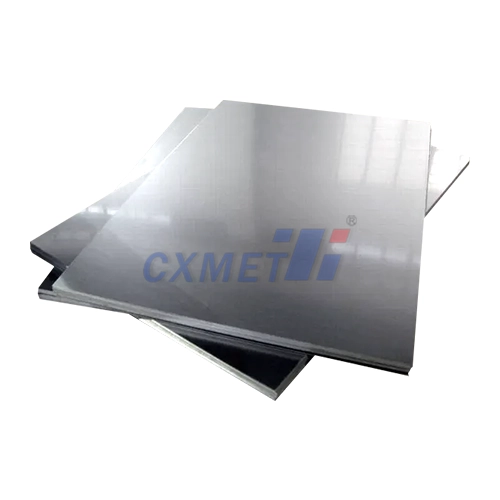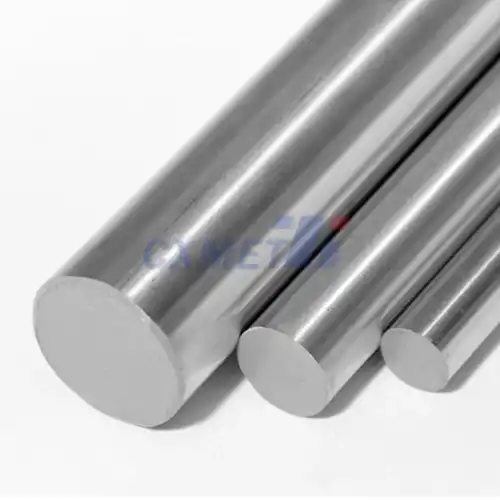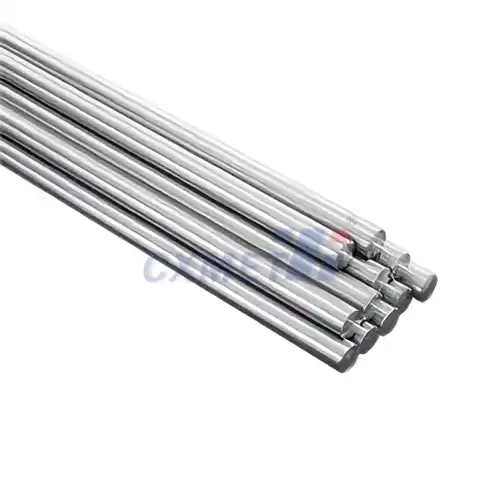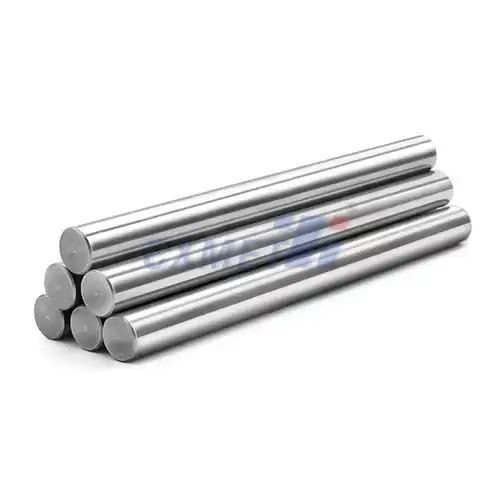- English
- French
- German
- Portuguese
- Spanish
- Russian
- Japanese
- Korean
- Arabic
- Greek
- German
- Turkish
- Italian
- Danish
- Romanian
- Indonesian
- Czech
- Afrikaans
- Swedish
- Polish
- Basque
- Catalan
- Esperanto
- Hindi
- Lao
- Albanian
- Amharic
- Armenian
- Azerbaijani
- Belarusian
- Bengali
- Bosnian
- Bulgarian
- Cebuano
- Chichewa
- Corsican
- Croatian
- Dutch
- Estonian
- Filipino
- Finnish
- Frisian
- Galician
- Georgian
- Gujarati
- Haitian
- Hausa
- Hawaiian
- Hebrew
- Hmong
- Hungarian
- Icelandic
- Igbo
- Javanese
- Kannada
- Kazakh
- Khmer
- Kurdish
- Kyrgyz
- Latin
- Latvian
- Lithuanian
- Luxembou..
- Macedonian
- Malagasy
- Malay
- Malayalam
- Maltese
- Maori
- Marathi
- Mongolian
- Burmese
- Nepali
- Norwegian
- Pashto
- Persian
- Punjabi
- Serbian
- Sesotho
- Sinhala
- Slovak
- Slovenian
- Somali
- Samoan
- Scots Gaelic
- Shona
- Sindhi
- Sundanese
- Swahili
- Tajik
- Tamil
- Telugu
- Thai
- Ukrainian
- Urdu
- Uzbek
- Vietnamese
- Welsh
- Xhosa
- Yiddish
- Yoruba
- Zulu
How Do I Store and Handle Nitinol Bar Stock Properly?
2024-11-25 13:50:14
Nitinol, a remarkable shape memory alloy of nickel and titanium, has gained significant popularity in various industries due to its unique properties. Proper storage and handling of Nitinol bar stock are crucial to maintain its performance and longevity. This blog post will delve into the best practices for storing and handling Nitinol bar stock, ensuring that you get the most out of this versatile material.
What are the ideal storage conditions for Nitinol bar stock?
When it comes to storing Nitinol bar stock, maintaining optimal conditions is paramount to preserve its properties and prevent degradation. The ideal storage environment for Nitinol should be clean, dry, and temperature-controlled. Here are some key factors to consider:
1. Temperature Control: Nitinol is sensitive to temperature fluctuations, which can affect its shape memory and superelastic properties. Store Nitinol bar stock in a temperature-controlled environment, ideally between 60°F and 80°F (15°C to 27°C). Avoid exposing the material to extreme temperatures, as this can lead to unintended shape changes or alterations in its mechanical properties.
2. Humidity Management: Excessive moisture can lead to corrosion and oxidation of Nitinol. Maintain a low-humidity environment, preferably below 50% relative humidity. Consider using desiccants or dehumidifiers in the storage area to control moisture levels effectively.
3. Clean Environment: Store Nitinol bar stock in a clean area free from dust, debris, and contaminants. Particles can adhere to the surface of the material, potentially affecting its performance or causing surface imperfections during processing.
4. Proper Packaging: When storing Nitinol bar stock, use appropriate packaging materials that provide protection against physical damage and environmental factors. Non-abrasive, lint-free materials are ideal. Consider using plastic tubes or wrapping the bar stock in soft, clean cloth before placing it in containers.
5. Segregation: Store different grades or compositions of Nitinol separately to avoid mix-ups. Proper labeling and organization of your inventory will help prevent confusion and ensure the right material is used for each application.
By adhering to these storage guidelines, you can maintain the integrity and performance of your Nitinol bar stock, ensuring that it remains in optimal condition for your specific applications.
How can I safely handle and process Nitinol bar stock?
Handling and processing Nitinol bar stock requires careful attention to safety and precision. Due to its unique properties, Nitinol demands specific handling techniques to ensure both the quality of the final product and the safety of the operators. Here are comprehensive guidelines for safely handling and processing Nitinol bar stock:
1. Personal Protective Equipment (PPE):
- Always wear appropriate PPE when handling Nitinol. This includes safety glasses, gloves, and protective clothing.
- For machining operations, use face shields and respiratory protection to guard against flying particles and potential fumes.
2. Material Familiarization:
- Before handling, familiarize yourself with the specific properties of the Nitinol grade you're working with, including its transformation temperatures and mechanical characteristics.
- Review the material's Safety Data Sheet (SDS) for detailed safety information and handling precautions.
3. Cutting and Machining:
- Use sharp, carbide-tipped tools for cutting Nitinol. Dull tools can generate excessive heat and affect the material's properties.
- Employ low cutting speeds and high feed rates to minimize work hardening and tool wear.
- Provide adequate cooling during machining processes. Flood coolant or oil-based lubricants are recommended to dissipate heat effectively.
4. Bending and Forming:
- When bending Nitinol, consider its superelastic properties. Use mandrels or forms with radii at least 2.5 times the material thickness to prevent kinking.
- For shape setting, use fixtures that can withstand the high temperatures required (typically 450-550°C) and prevent unintended deformation.
5. Heat Treatment:
- Perform heat treatments in a controlled environment, preferably using a vacuum or inert gas furnace to prevent oxidation.
- Adhere strictly to recommended temperature profiles and durations for shape setting or annealing processes.
- Rapid cooling (quenching) may be necessary after heat treatment; use appropriate quenching media as specified for your Nitinol grade.
By following these guidelines, you can safely handle and process Nitinol bar stock while maximizing its performance in your applications. Remember that Nitinol's unique properties require a thorough understanding and careful approach to achieve optimal results.
What are the common mistakes to avoid when working with Nitinol bar stock?
Working with Nitinol bar stock can be challenging due to its unique properties and sensitivity to processing conditions. Being aware of common mistakes can help you avoid pitfalls and ensure successful outcomes in your Nitinol-based projects. Here are some frequent errors to watch out for and how to prevent them:
1. Improper Heat Treatment:
One of the most critical mistakes is incorrect heat treatment. Nitinol's shape memory and superelastic properties are highly dependent on proper heat treatment processes.
Common errors include:
- Using incorrect temperatures or durations during shape setting or annealing.
- Failing to account for the specific transformation temperatures of the Nitinol grade being used.
- Inadequate cooling rates after heat treatment.
Prevention:
- Always verify the exact composition and transformation temperatures of your Nitinol stock.
- Use calibrated furnaces and temperature controllers.
- Follow manufacturer-recommended heat treatment protocols strictly.
- Document and validate your heat treatment processes for consistency.
2. Overstraining During Cold Working:
Nitinol can withstand significant deformation, but excessive cold working can lead to work hardening and loss of desired properties.
Common errors include:
- Applying too much force during bending or shaping.
- Failing to anneal the material between significant cold working steps.
Prevention:
- Understand the strain limits of your specific Nitinol grade.
- Use appropriate tooling and fixtures designed for Nitinol.
- Implement intermediate annealing steps for complex forming operations.
3. Contamination During Processing:
Nitinol is susceptible to surface contamination, which can affect its biocompatibility and corrosion resistance.
Common errors include:
- Using tools or equipment contaminated with other metals.
- Improper cleaning before or after processing steps.
- Exposure to contaminants during heat treatment.
Prevention:
- Use dedicated tools and equipment for Nitinol processing.
- Implement rigorous cleaning protocols at all stages of handling.
- Perform heat treatments in vacuum or inert gas environments.
4. Ignoring Surface Finish:
The surface condition of Nitinol significantly impacts its performance, especially in medical applications.
Common errors include:
- Neglecting to remove the oxide layer formed during heat treatment.
- Using abrasive materials that can create micro-scratches.
- Failing to achieve a uniform surface finish.
Prevention:
- Incorporate appropriate surface finishing steps, such as electropolishing or chemical etching.
- Use non-abrasive materials for handling and storage.
- Regularly inspect the surface quality of processed Nitinol components.
5. Misunderstanding Mechanical Properties:
Nitinol's unique stress-strain behavior can lead to misconceptions about its mechanical properties.
Common errors include:
- Applying traditional metal design principles without accounting for superelasticity.
- Misinterpreting stress-strain curves during testing.
- Failing to consider the temperature dependence of mechanical properties.
Prevention:
- Educate design and engineering teams on Nitinol's unique behavior.
- Conduct thorough mechanical testing across the intended operating temperature range.
- Use specialized Nitinol-specific design software and simulation tools when available.
6. Inadequate Quality Control:
Inconsistent quality control can lead to variability in Nitinol component performance.
Common errors include:
- Insufficient batch testing and validation.
- Lack of traceability in material sourcing and processing.
- Inadequate documentation of processing parameters.
Prevention:
- Implement comprehensive quality control protocols at all stages of production.
- Maintain detailed records of material sources, processing steps, and test results.
- Regularly calibrate and validate all testing equipment.
7. Overlooking Fatigue Considerations:
While Nitinol has excellent fatigue resistance, it's not immune to fatigue failure under certain conditions.
Common errors include:
- Failing to account for cyclic loading in design calculations.
- Ignoring the impact of surface defects on fatigue life.
- Underestimating the effects of corrosive environments on fatigue performance.
Prevention:
- Conduct thorough fatigue testing under application-specific conditions.
- Pay close attention to surface finish and minimize stress concentrations in designs.
- Consider environmental factors in fatigue life estimations.
8. Improper Storage and Handling:
Mishandling Nitinol bar stock can lead to unintended shape changes or property alterations.
Common errors include:
- Storing Nitinol in high-stress configurations.
- Exposing the material to extreme temperatures during storage.
- Failing to protect the surface from scratches or contamination.
Prevention:
- Store Nitinol bar stock in straight, stress-free configurations.
- Maintain a controlled storage environment with stable temperature and humidity.
- Use appropriate packaging materials to protect the surface.
9. Neglecting Biocompatibility Considerations:
For medical applications, overlooking biocompatibility can have serious consequences.
Common errors include:
- Failing to validate the biocompatibility of processed Nitinol components.
- Using non-compliant materials or processes that could introduce contaminants.
Prevention:
- Adhere strictly to regulatory guidelines for biomedical Nitinol applications.
- Conduct thorough biocompatibility testing on finished components.
- Maintain a clean, controlled environment for medical-grade Nitinol processing.
By being aware of these common mistakes and implementing preventive measures, you can significantly improve the success rate of your Nitinol bar stock processing and application development. Remember that working with Nitinol often requires a combination of theoretical knowledge, practical experience, and meticulous attention to detail. When in doubt, consult with Nitinol experts or material suppliers to ensure you're following best practices for your specific application.
At SHAANXI CXMET TECHNOLOGY CO., LTD, we take pride in our extensive product range, which caters to diverse customer needs. Our company is equipped with outstanding production and processing capabilities, ensuring the high quality and precision of our products. We are committed to innovation and continuously strive to develop new products, keeping us at the forefront of our industry. With leading technological development capabilities, we are able to adapt and evolve in a rapidly changing market. Furthermore, we offer customized solutions to meet the specific requirements of our clients. If you are interested in our products or wish to learn more about the intricate details of our offerings, please do not hesitate to contact us at sales@cxmet.com. Our team is always ready to assist you.
References
1. Pelton, A. R., Stöckel, D., & Duerig, T. W. (2000). Medical Uses of Nitinol. Materials Science Forum, 327-328, 63-70.
2. Mohd Jani, J., Leary, M., Subic, A., & Gibson, M. A. (2014). A review of shape memory alloy research, applications and opportunities. Materials & Design, 56, 1078-1113.
3. Duerig, T., Pelton, A., & Stöckel, D. (1999). An overview of nitinol medical applications. Materials Science and Engineering: A, 273-275, 149-160.
4. Stoeckel, D., Pelton, A., & Duerig, T. (2004). Self-expanding nitinol stents: material and design considerations. European Radiology, 14(2), 292-301.
5. Elahinia, M. H., Hashemi, M., Tabesh, M., & Bhaduri, S. B. (2012). Manufacturing and processing of NiTi implants: A review. Progress in Materials Science, 57(5), 911-946.
6. Neelakantan, L., Zglinski, J. K., Frotscher, M., & Eggeler, G. (2013). Design and fabrication of a bending rotation fatigue test rig for in situ electrochemical analysis during fatigue testing of NiTi shape memory alloy wires. Review of Scientific Instruments, 84(3), 035102.
7. Marotta, M. A., Joo, B. D., & Sabatino, C. T. (2016). Evaluation of the mechanical properties of Nitinol during shape setting. Journal of Materials Engineering and Performance, 25(6), 2501-2508.
8. Favier, D., Liu, Y., & McCormick, P. G. (1993). Three stage transformation behavior in aged NiTi. Scripta Metallurgica et Materialia, 28(6), 669-672.
9. Pelton, A. R., DiCello, J., & Miyazaki, S. (2000). Optimisation of processing and properties of medical grade Nitinol wire. Minimally Invasive Therapy & Allied Technologies, 9(2), 107-118.
